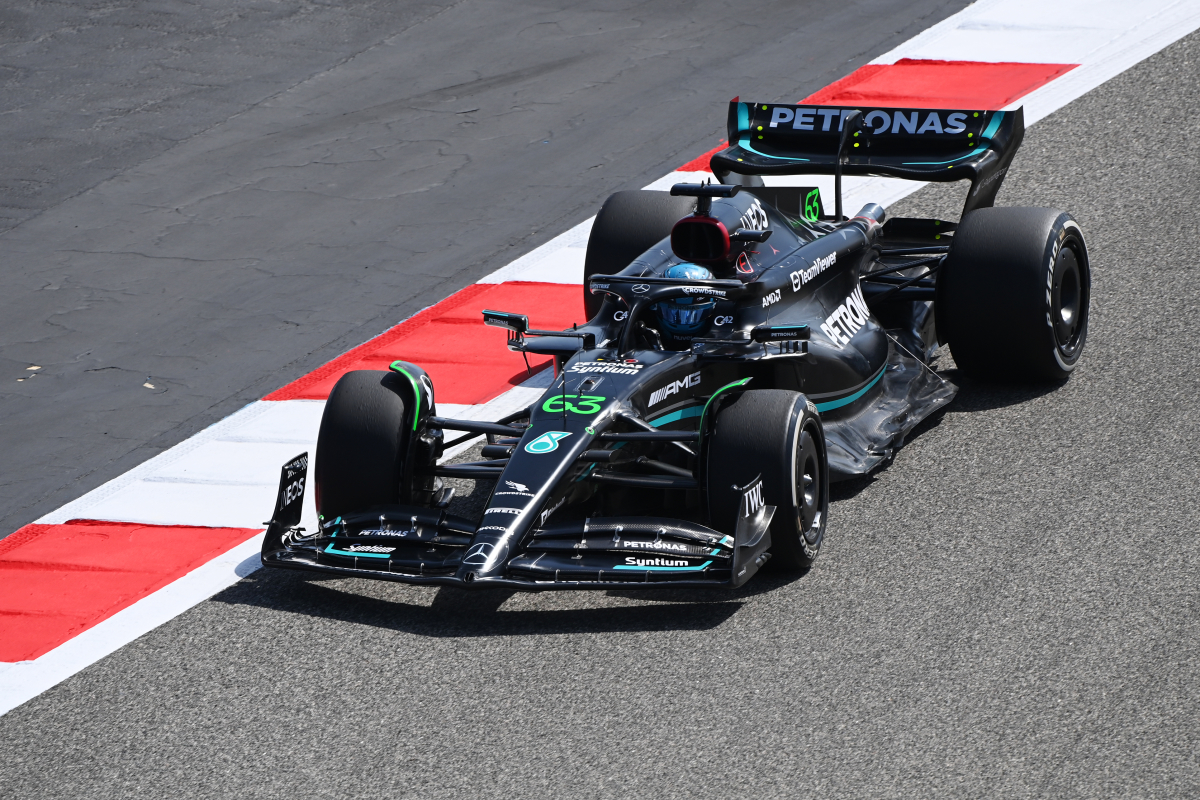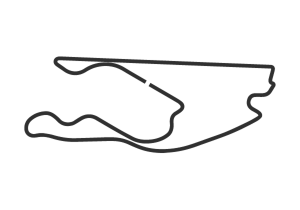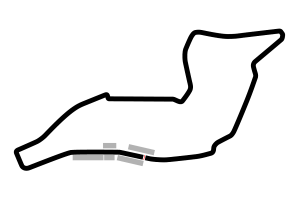Latest News

F1 Today
F1 News Today: Horner hails NEW chapter as Wolff replacement confirmed
- 15 minutes ago

F1 News & Gossip
Sergio Perez reveals 'many' options for shock F1 return
- 35 minutes ago

F1 Off the Track
Aston Martin sale confirmed as Stroll issues statement
- 1 hour ago

F1 Off the Track
Hamilton snoozes through emergency landing... after 'partying' too hard
- 2 hours ago

Japanese Grand Prix
Mercedes confirm Toto Wolff replacement for Japanese Grand Prix
- 3 hours ago

GPFans Recap
Stunning Hulkenberg Red Bull transfer tipped as F1 team make HUGE Japanese GP change - F1 Recap
- Yesterday 23:55











































 Grand Prix du Canada 2025
Grand Prix du Canada 2025  Grand Prix of Austria 2025
Grand Prix of Austria 2025  Grand Prix of Belgium 2025
Grand Prix of Belgium 2025  Grand Prix of Hungary 2025
Grand Prix of Hungary 2025  Grand Prix of Azerbaijan 2025
Grand Prix of Azerbaijan 2025  Grand Prix of Singapore 2025
Grand Prix of Singapore 2025  Gran Premio de la Ciudad de Mexico 2025
Gran Premio de la Ciudad de Mexico 2025  Grande Prêmio de São Paulo 2025
Grande Prêmio de São Paulo 2025  Qatar Grand Prix 2025
Qatar Grand Prix 2025  Grand Prix of Abu Dhabi 2025
Grand Prix of Abu Dhabi 2025 